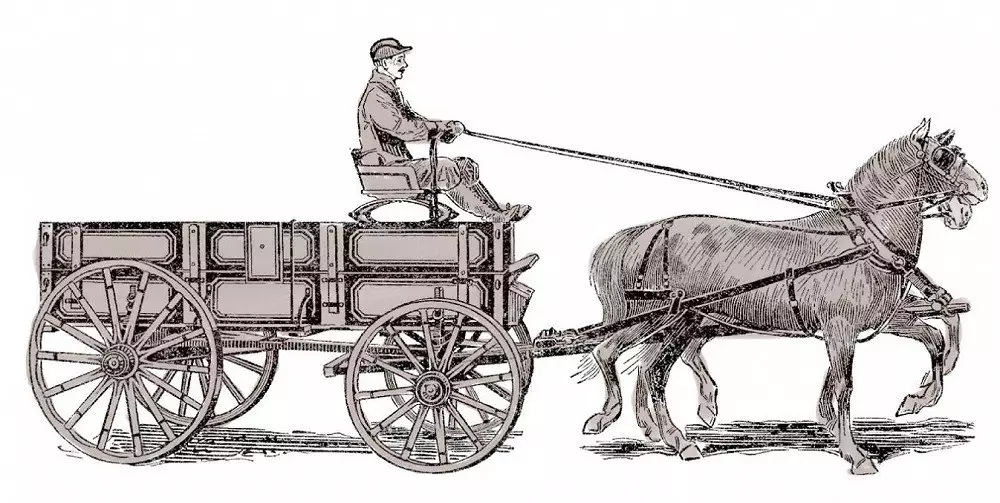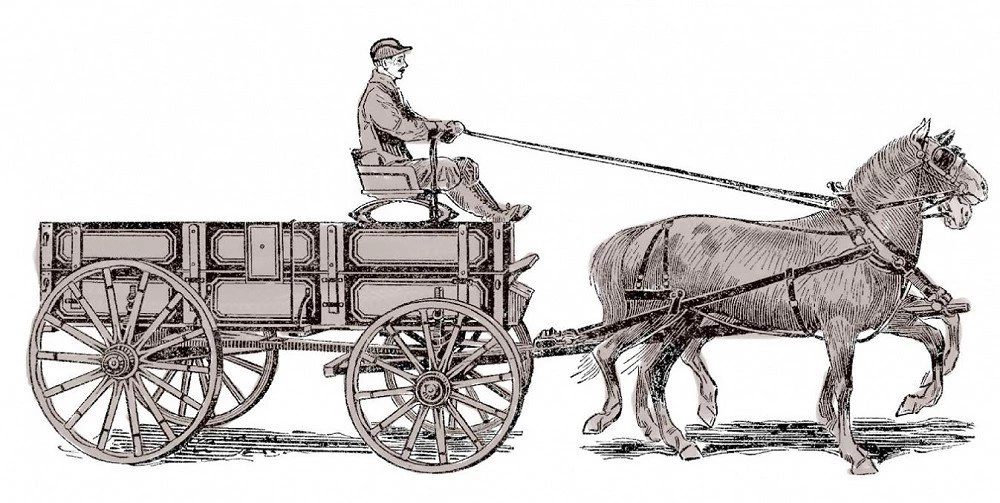Search
Looking for something in particular? Search for it here.
Looking for something in particular? Search for it here.
Before the arrival of the railroad, McLean County residents used credit and a bartering system, and trade depended on the Illinois River port in Pekin for both selling and acquiring goods and supplies. Area merchants (mostly grocery, dry goods, lumber, and implement dealers) needed cash for purchasing their goods, but often had to barter and trade goods or services with their customers who typically had little to no money.
Featuring:
Amasa J. "AJ" Merriman, (1818 – 1894), dry goods store owner
In 1838 Bloomington merchant Amasa J. "AJ" Merriman (1818-1894) had a dry goods and grocery store. From this store he supplied needed items to the residents of Blooming Grove. But few of his customers had cash. Instead he traded with them for goods and services.
In 1838 AJ exchanged with Mrs. John Ward six pounds of sugar and a spool of thread for five dozen eggs she brought from her farm.
He recorded all transactions he made with customers in the ledger below, including the trade he made with Mrs. Ward.
AJ later became a Bloomington lawyer and well-respected judge.

James transported Merriman’s goods in a horse-drawn wagon via dirt trails. Pekin was the nearest river port where agricultural and manufactured products, as well as raw goods, could be sent and received. When the weather was bad, the deep mud made James’ journey difficult. It was a no-win situation — when it was dry, deep ruts and dust also made travel difficult.

AJ and other Bloomington merchants depended on the Illinois River port at Pekin to acquire goods, as well as sell items they had received for trade.
In 1838 AJ sent James Bay to Pekin with 1,999 pounds of butchered pork, soaked in salt and packed in barrels, that he had received from a number of customers in exchange for other goods.
Before returning to Blooming Grove, James purchased goods with the funds he had secured for Merriman’s pork. If he was lucky, James returned with all the items AJ requested. But sometimes items were sold out and he had to purchase optional items, or wait until his next trip.
Having spent all his cash on supplies, AJ had no cash to pay James. What do you think he did instead?
AJ asked James to purchase cloth, sewing supplies, kitchenware, books, stationery, crockery, agricultural tools, knives, gun parts, imported foods like spices, sugar, coffee, and tea, plus gunpowder, brimstone, and medicinal oils — all items that could not be found or made locally.